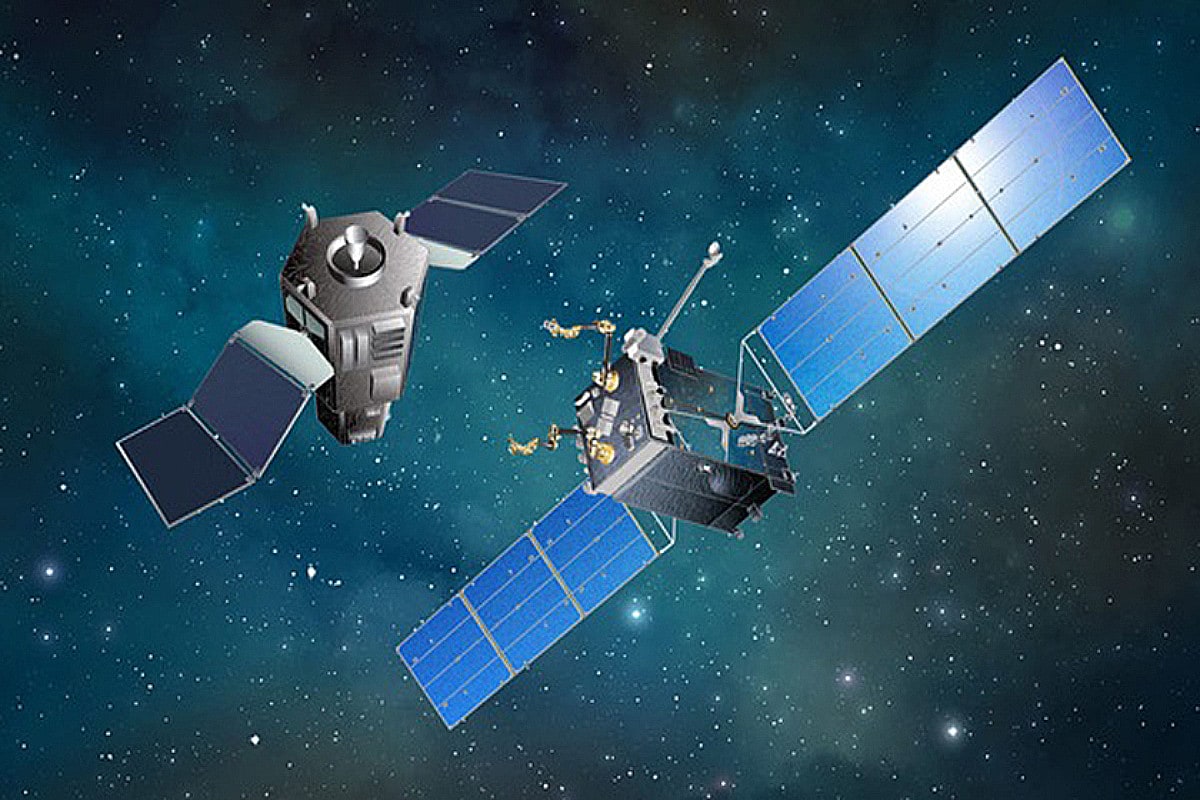
The Indian Cartosat-2F satellite reportedly got too close to another Russian Earth observation satellite, Kanopus-V, according to internet reports. The incident occurred in low Earth orbit on Friday, November 27, and the same was later reported by Roscosmos, Russia’s state-controlled space agency. The latter cited data extracted from its TsNIIMash center, part of its Automated Warning System for Dangerous Situations in space, to claim that the Indian mapping satellite, Cartosat-2F, came within 224 meters of the similar Russian satellite Kanopus-V, before Any dangerous collision was avoided. While ISRO did not initially comment on the matter, it apparently acknowledged the incident later.
According to a report, ISRO chief K. Sivan acknowledged that Cartosat-2F and Kanopus-V encountered close approach on Friday. However, in contradiction to the Roscosmos statement, ISRO claimed that the two satellites were still 420 meters apart from each other. Sivan also reportedly said that ISRO had been tracking the trajectory of Cartosat-2F for four days, and that any course correction maneuvers would only have been performed once the two satellites were close to less than 150 meters from each other. Reportedly, Sivan also stated that such close approaches between satellites, particularly in lower Earth orbits, are becoming more and more common and generally not disclosed or reported to the public on a regular basis. He further stated that a similar close inter-satellite approach with a Spanish unit recently also occurred.
Given the increasing number of satellites that are deployed in space, it seems quite possible that path correction and collision avoidance movements are quite common for space agencies. ISRO of India is, in this sense, one of the leading space agencies in the world, which also helps to transport satellites from other nations to space. While some, like the Cartosat-2F, are assigned to study the earth’s terrain and atmosphere, others may be assigned for communications and related purposes. Similar moves in recent times include SpaceX’s Starlink backed by Elon Musk, a project that aims to put an entire constellation of satellites around Earth, thus encircling our planet with a literal web of connectivity.
Apparently, this can help connect remote, hard-to-reach places, such as distant mountain towns, with communication services and the Internet, and also reduce the overall cost of connectivity services. Other satellites such as Kanopus-V and Cartosat-2F are largely assigned to study changing weather patterns and help predict natural disasters, which in turn can prevent widespread loss of life from natural disasters. Given the vital work done by these satellites, space agencies often deploy numerous technologies along with manual monitoring of satellite operations, of which collision avoidance is likely a vital part.
.